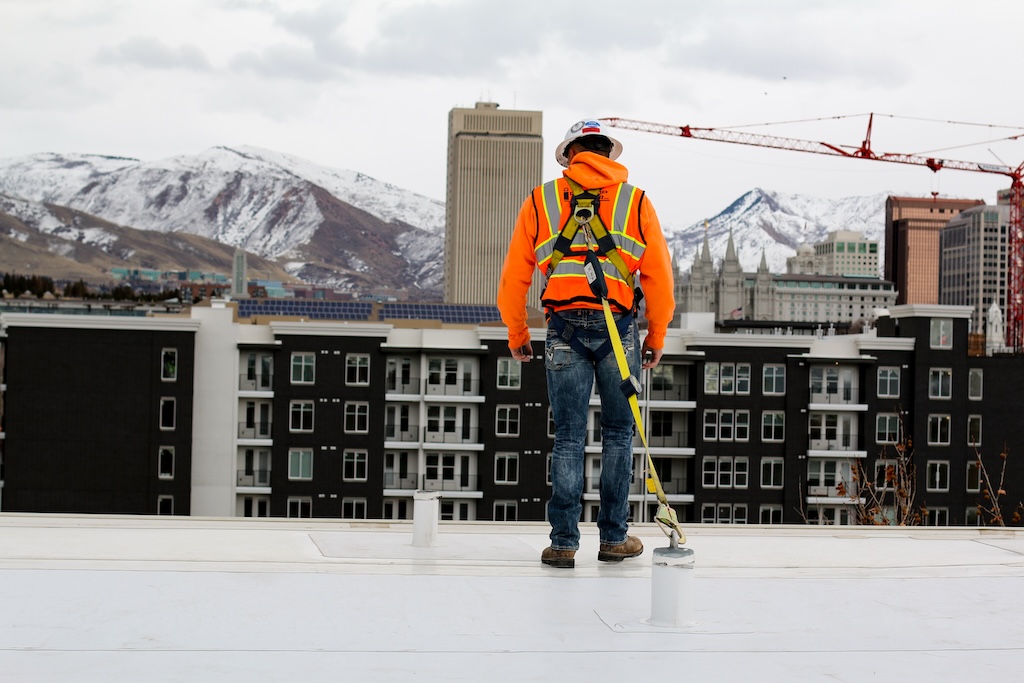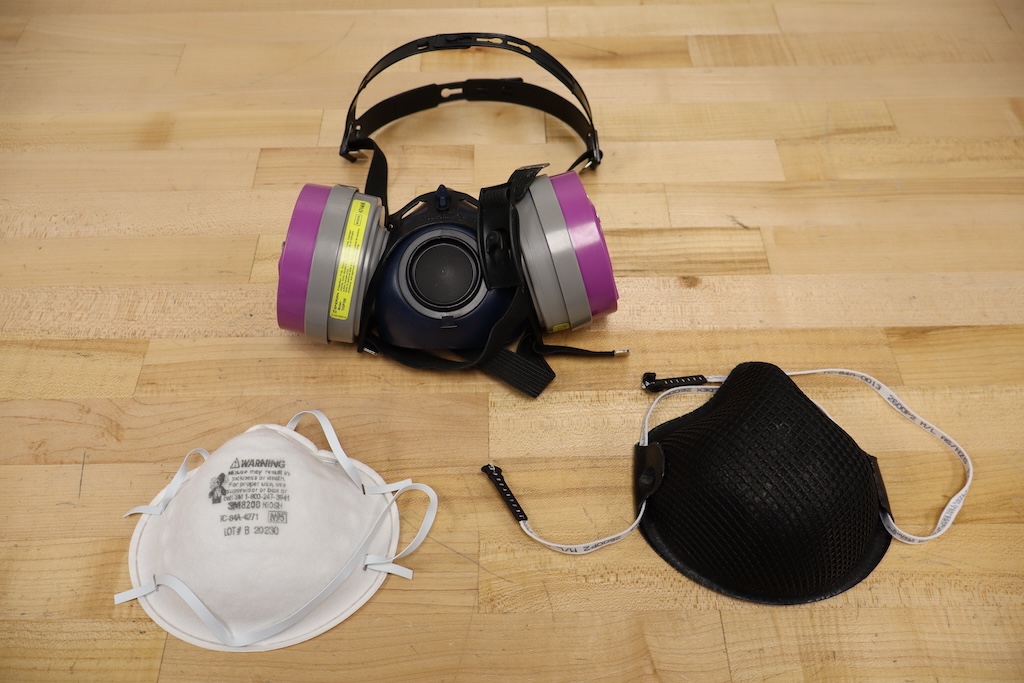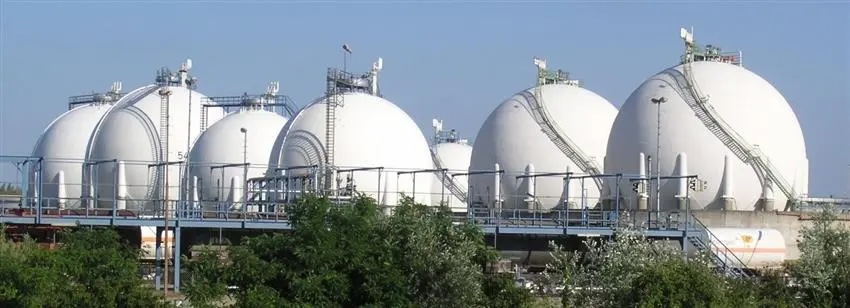Understand the types of inspections and experts responsible when managing a fall protection program.
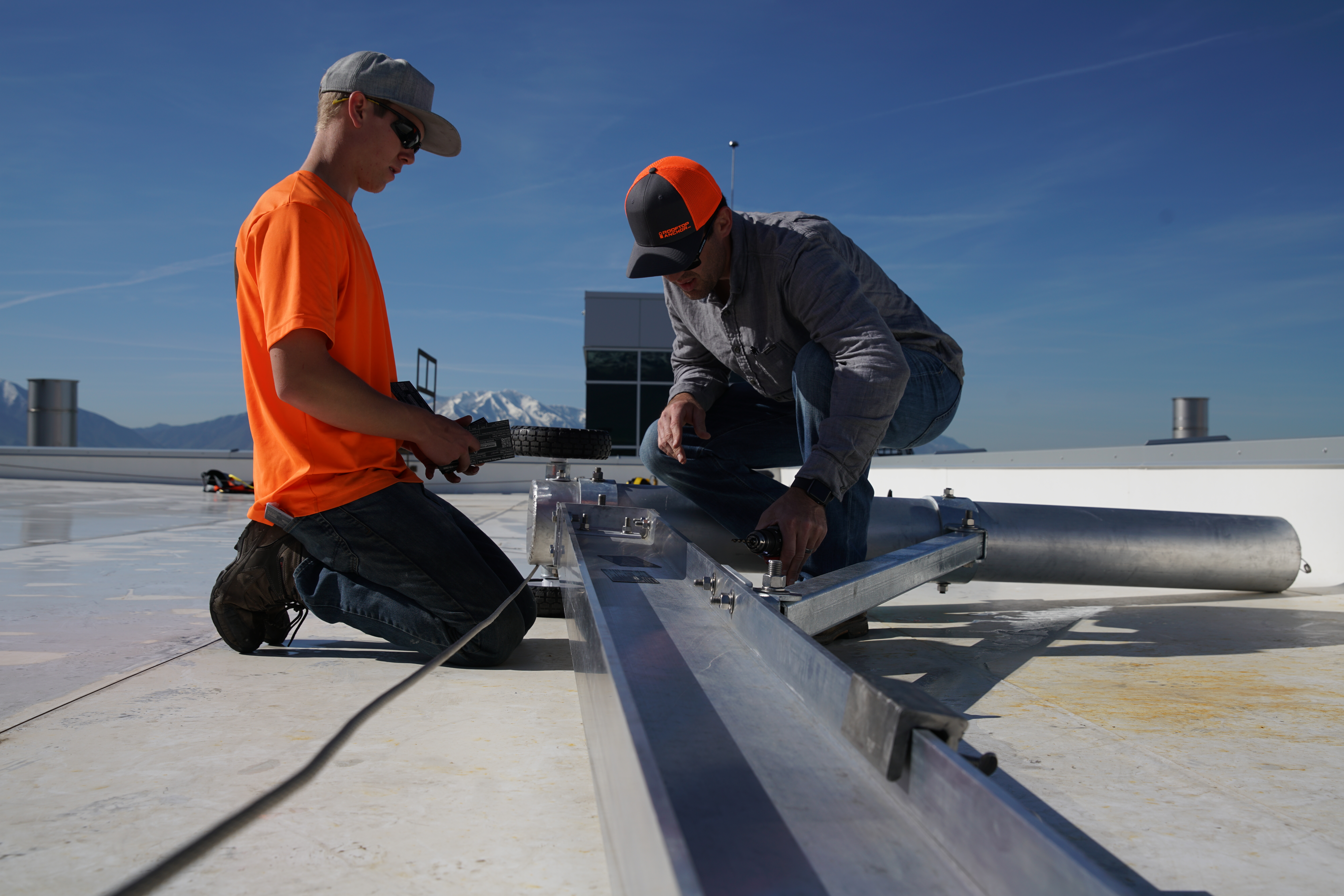
Learning objectives
- Understand the inspection requirements for fall protection equipment — including the differences between pre-use and annual inspections, how to identify damage or prior deployment and what documentation is required to maintain OSHA compliance.
- Recognize the training and certification requirements for workers and competent persons.
- Learn the criteria and recertification timelines for certified and noncertified anchors — including how anchor strength is verified and when a qualified person must be involved in the certification process.
Fall protection insights
- Maintaining an effective fall protection program requires regular equipment inspections, thorough employee training and proper anchor certifications.
- By prioritizing these actions, organizations can improve safety outcomes and ensure their fall protection efforts remain compliant and effective over time.
Nearly everything within the confines of a facility will require periodic maintenance for operational, productivity or regulatory compliance purposes. Fall protection programs are no exception to this truth.
In addition to identifying the fall hazards and implementing solutions to protect their workers, organizations must also regularly inspect equipment, authorize and train designated employees and maintain anchor certifications, among other things, to ensure their fall protection programs remain effective over time.
Fall protection equipment inspections
Occupational Health and Safety Administration (OSHA) requires two types of inspections for fall protection equipment: pre-use inspections and annual inspections.
OSHA 1910.140(c)(18) requires workers to inspect their equipment for any damage, defects or signs of prior deployment before each use. Employees must also verify that their equipment still bears the original manufacturer’s markings to ensure valid regulatory compliance.
Pre-use inspections should follow a straightforward process. First, the worker locates the product’s tag or label. Unfortunately, a missing tag or label will cause the equipment to fail inspection because the manufacturer information and regulatory compliance standards cannot be confirmed.
Then, workers must confirm the equipment has not already been used to arrest a fall. Each type of fall protection equipment has different methods for indicating if it has experienced a fall. For example, most body harnesses contain a specially stitched part of the back strap that extends or deploys during a fall, often exposing a tag with text that communicates this information. Other pieces of equipment, like shock-absorbing lanyards, physically deform during fall arrest, so prior deployment is very easy to identify.
Fall protection equipment is only rated to arrest one fall and then must be discarded and replaced. It is important to destroy equipment before discarding so nobody can attempt to reuse compromised fall protection equipment. Best practices include cutting harness straps with scissors, disassembling anchorages and removing snap hooks from self-retracting lifelines (SRL).
Similarly, users should test the brake mechanisms on SRLs before using the equipment at heights. Workers can perform this test by firmly grasping the snaphook and pulling it quickly away from the SRL housing. Most users should be able to pull hard enough to activate the brake and lock the device. Gently retracting the snaphook back into the housing will reset the mechanism for normal use.
Finally, workers must inspect the equipment for any damage or defects that could affect performance during a fall. For example, because ultraviolet exposure damages harness webbing and reduces its elasticity, users should monitor webbing quality over time while checking for tears, cuts, holes or other signs of wear during the pre-use inspection.
OSHA does not require pre-use inspections to be documented; however, employers are required to record one formal inspection of every piece of fall protection equipment annually. The inspection process is almost identical to the pre-use inspection, but the following information must also be recorded:
- Description (harness, lanyard, etc.)
- Manufacturer
- Model number
- Serial number
- Date of manufacture
- Date of inspection
- Inspector name
- Inspector signature
- Pass/fail indication
Annual inspections must be performed by the organization’s “competent person.” OSHA permits companies to outsource their annual equipment inspections, but the inspector must still be trained at a competent person level. Furthermore, inspection logs should be retained for the life of the equipment. Companies may struggle to prove compliance after a fall incident occurs if inspection logs are not readily available.
Training employees to use fall protection equipment
OSHA requires employers to designate and train workers before they can use fall protection equipment. After initial fall protection training, companies must document the authorized users and the training must be performed by the competent person or an American National Standards Institute (ANSI)-accredited training organization. Industry consensus suggests that fall protection training should occur annually, but more frequent training will help keep fall protection awareness top of mind.
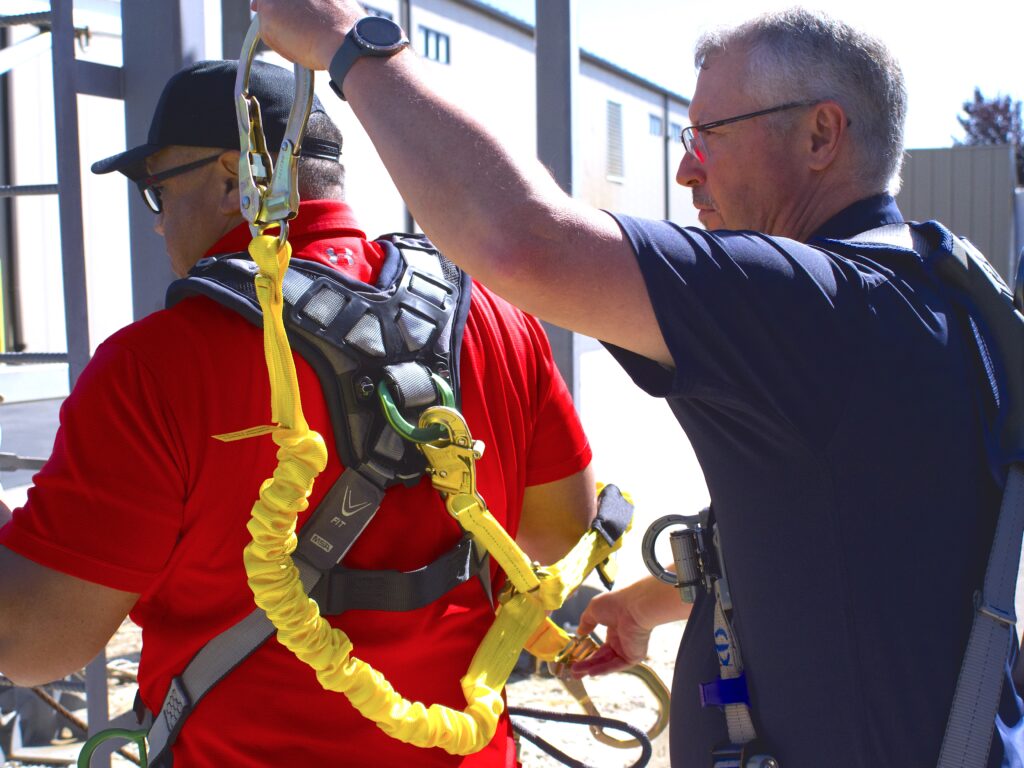
Organizations must document which employees have been designated as their competent person and ensure their certification is valid; the certification must be refreshed every two years. Maintaining valid competent person certification is imperative because of their crucial role in the fall protection program. Organizations would benefit from having multiple competent persons — it provides more flexibility when emergency fall protection decisions must be made and can help share the many responsibilities the role entails.
Anchor certifications within fall protection programs
Fall protection programs refer to anchors as either noncertified or certified. Noncertified anchors are installed and used by the worker according to the manufacturer’s exact specifications, as outlined in the instruction manual. OSHA requires workers to follow the manufacturer’s instructions whenever operating equipment. If workers neglect those instructions, they not only risk OSHA violations but also risk equipment malfunction. Noncertified anchors have specific limitations regarding proper use and installation that must be followed to ensure the anchor functions correctly.
OSHA and ANSI require fall protection anchors to withstand a minimum load of 5,000 pounds; however, some potential anchor structures are not rated to withstand a 5,000-pound load. In these cases, if another anchor location cannot be found, a qualified person such as a professional engineer can certify the anchorage if they can confirm the structure can withstand twice the anticipated maximum arresting force (MAF).
When calculating MAF, 1,800 pounds is commonly used, as it is the maximum amount of fall forces OSHA permits to be felt by users. However, MAF can vary between different connection devices. Certified anchors being used in active fall protection systems must be recertified every five years by a qualified person.
Anchor certifications are also required for suspended access work or exterior building maintenance (EBM), such as window washing. However, these anchor certification requirements differ from anchors used for conventional fall arrest purposes. Because these anchors will be used to suspend a worker or equipment from the building’s rooftop, they also must be rated for a continuous load.
Once installed, suspended access or EBM anchors must be pull-tested to 2,500 pounds and then verified by the qualified person or anchor manufacturer for an ultimate load rating of at least 5,000 pounds. Compliant OSHA systems will ensure anchors are installed no more than 12 feet apart from each other and workers will be able to stay within the safe working radius of 30 degrees. Suspended access and EBM anchors must be recertified every 10 years by a qualified person.
Establishing a successful fall protection program is one thing and maintaining that program over time is another. However, this work is well worth the effort and helps make the program more effective over time. Annual inspections ensure faulty equipment is found and removed from the field. In addition, employee training increases awareness and helps keep everyone safe. Anchor recertifications ensure continued equipment performance.
The maintenance required for fall protection programs helps make them more effective over time. Any effort put into keeping workers safe will always be worthwhile. Every organization should prioritize the safety of the worker above all else.

